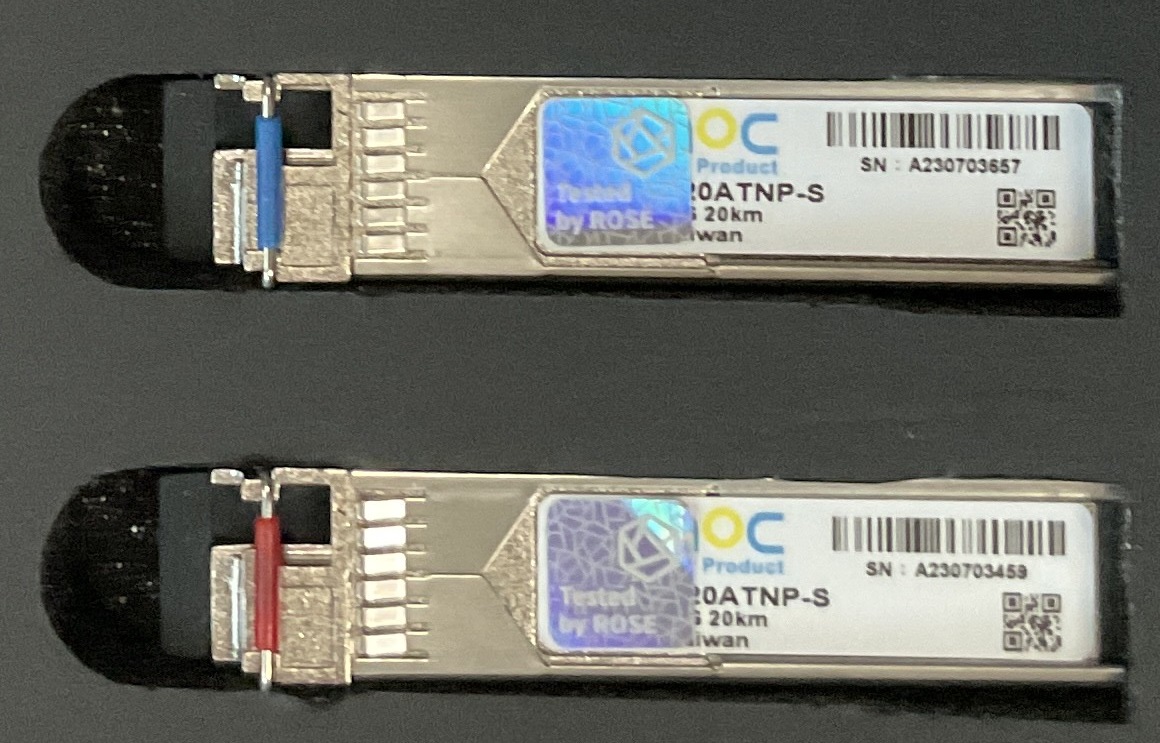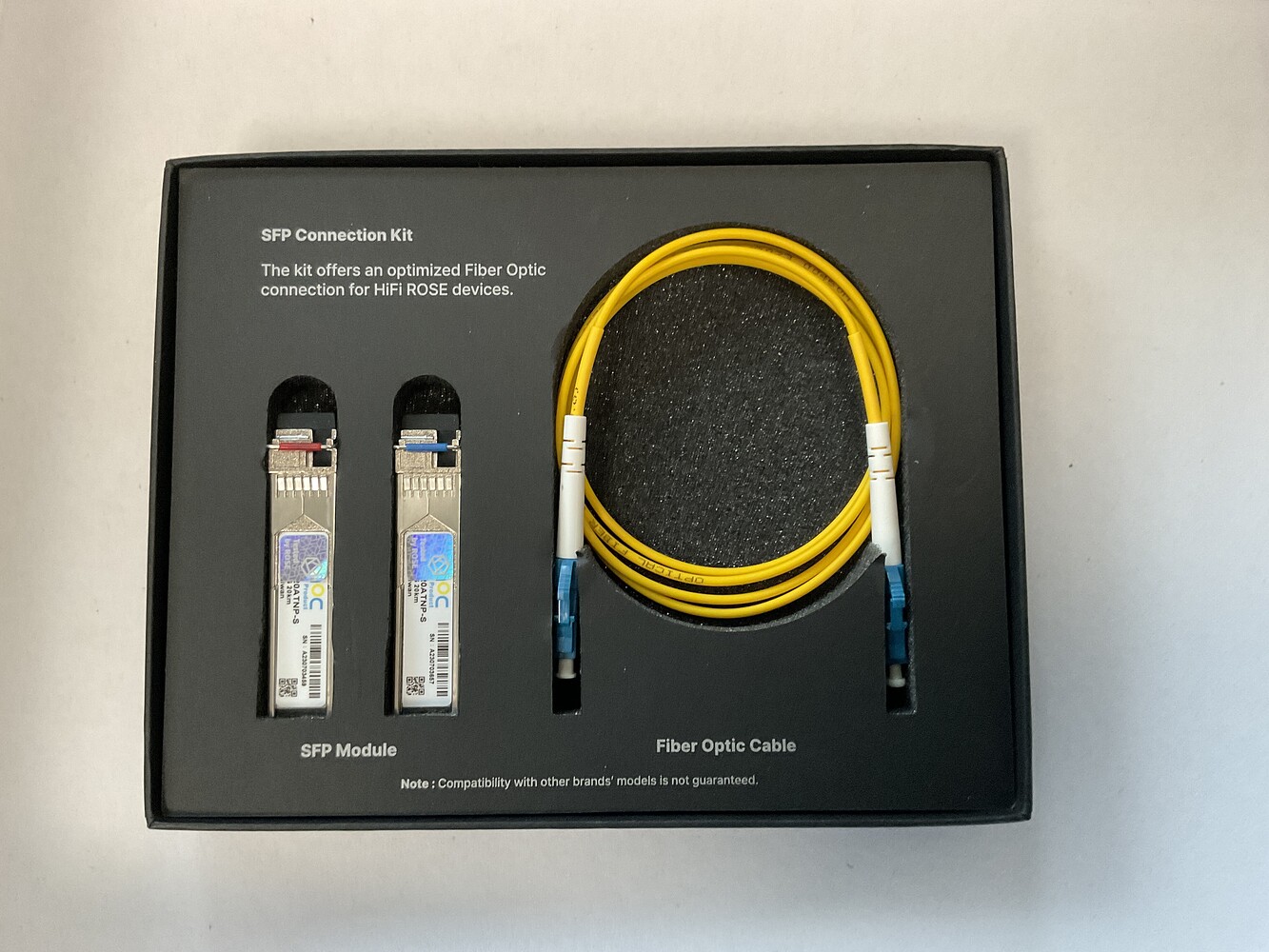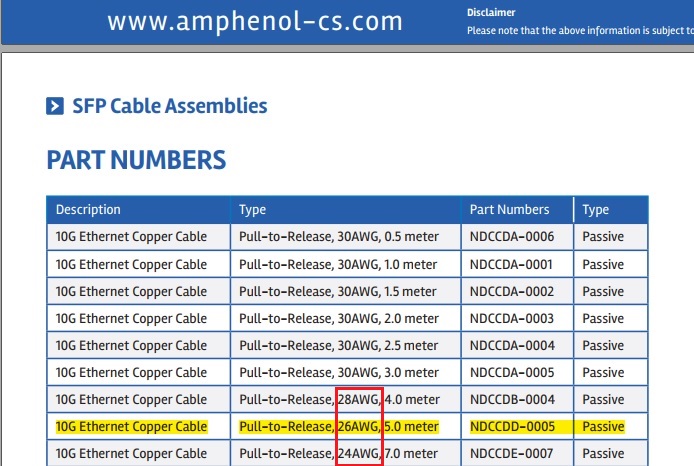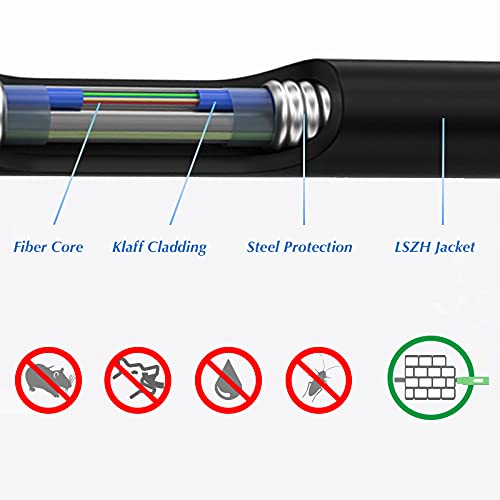@rosehan, any updates to this “new found,” commitment???
@ROSEHAN wrote on 7/23/25:
- DAC Compatibility Testing
HiFi Rose develops products with compatibility for major brand DACs in mind; however, unexpected compatibility issues may occur with certain DACs (e.g., Holo Audio). Our development team is currently analyzing the root cause of these issues and is continuously working to improve compatibility. - SPF Port and Compatibility Issues
We have confirmed feedback from some users reporting that the SPF port could not be used properly. - Firmware Update Manual Errors and USB Port Issues
We sincerely apologize for the inconvenience caused by errors in the firmware update manual. We are also preparing an urgent patch for issues with the USB port that arose after the update and will promptly provide a corrected update guide. - Update Schedule
The statement “there is no set update schedule” does not mean that we are discontinuing customer support. It is due to the internal testing and stabilization process required before we can provide an exact schedule. However, we promise to prioritize customer feedback and deliver a stable update as soon as possible. - Commitment to Customer Trust
We sincerely accept your valuable feedback and promise to implement more thorough testing and quality control as a result of this issue. We will take quick action to regain your trust through effective improvements.
Any updates on this as of 8/19/25?








